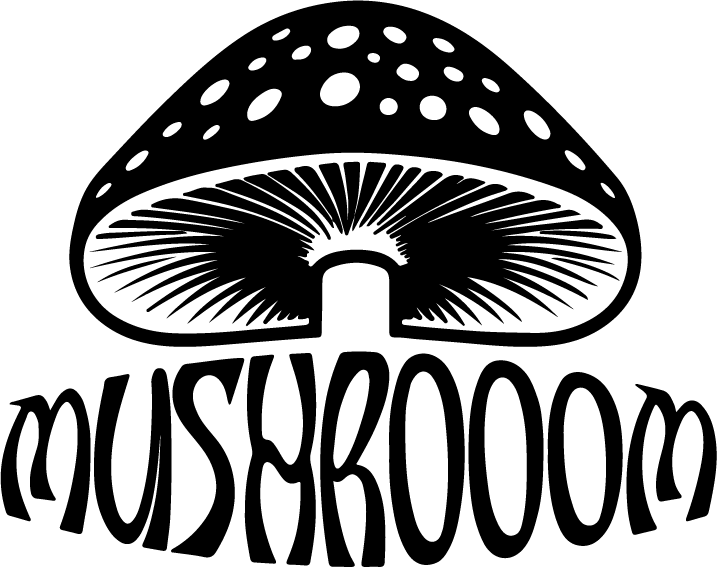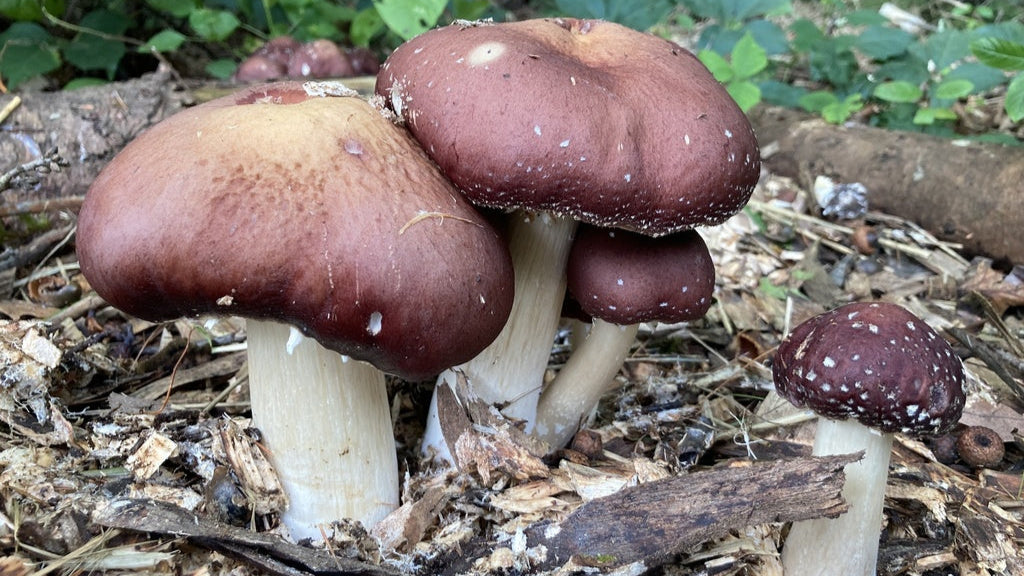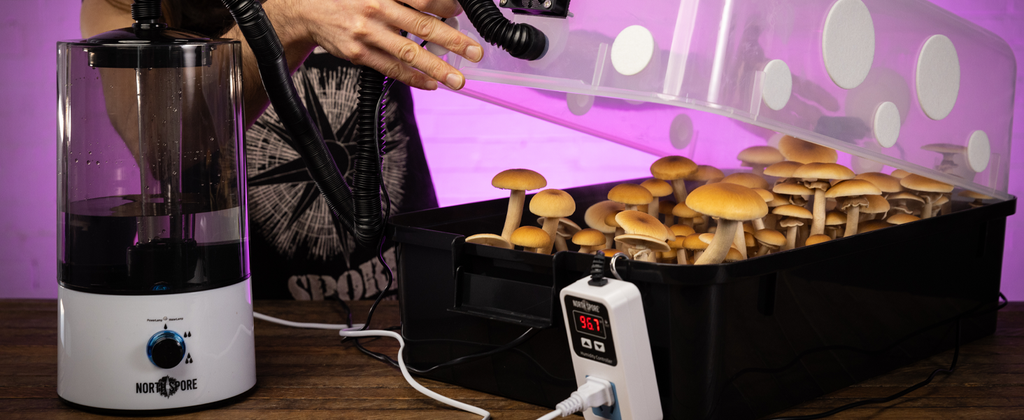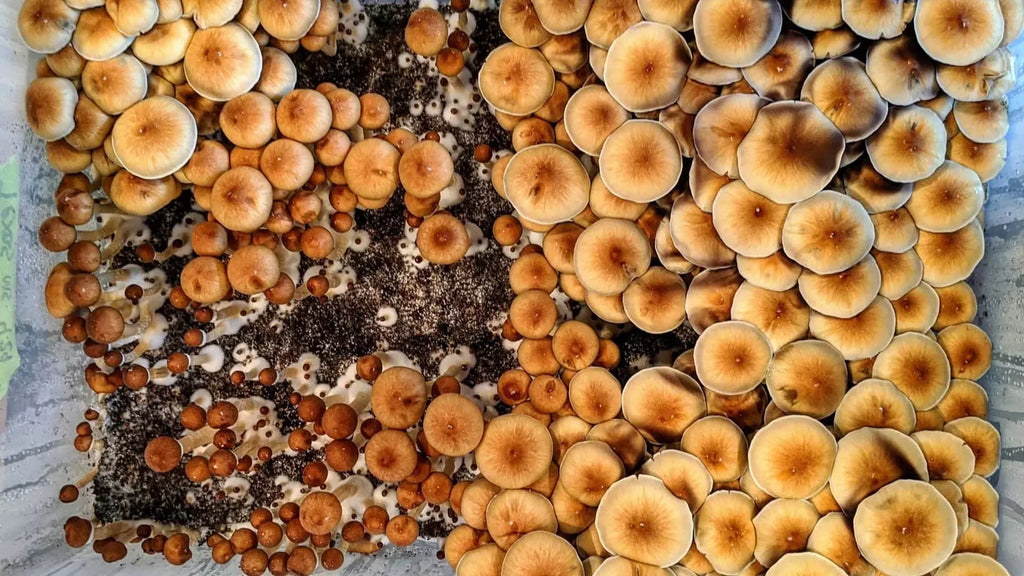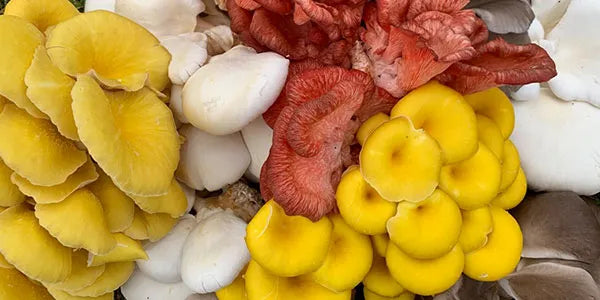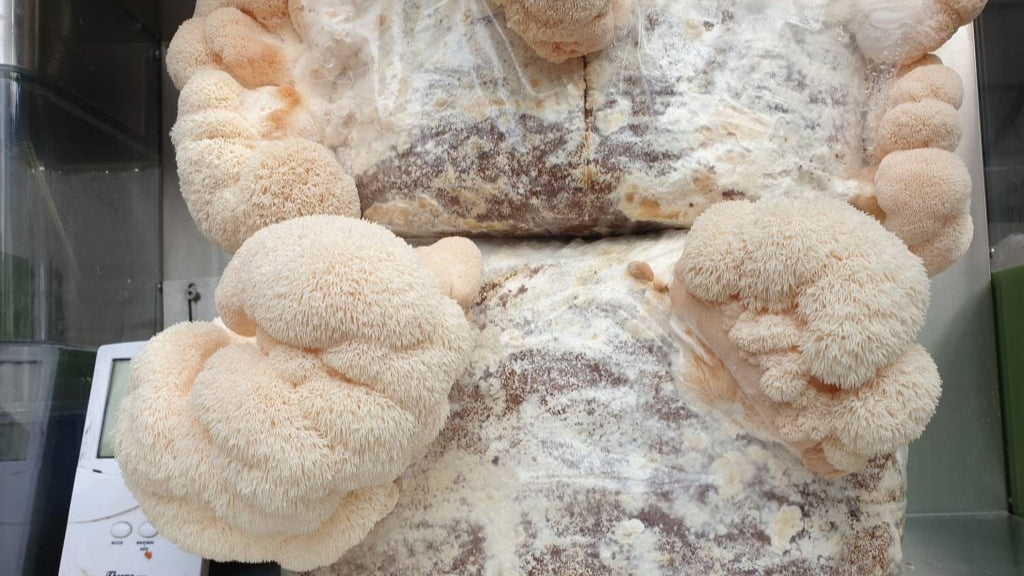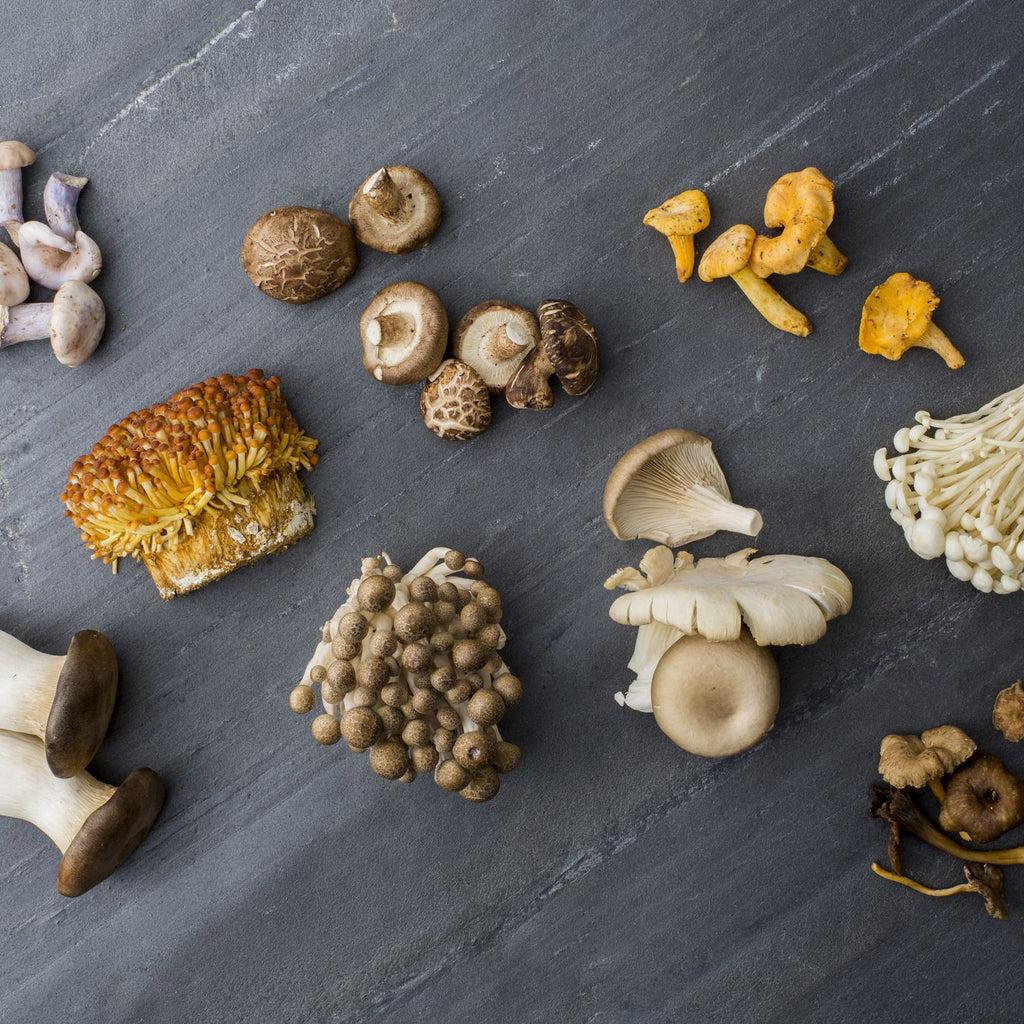
Exploring the Fascinating World of Fungal Species

A Deep Dive into All Mushroom Kinds
Mushrooms, the iconic fungi that thrive in forests, fields, and even on our dinner plates, have captured the imagination of people for centuries. While they may seem like simple organisms, mushrooms are incredibly diverse, playing a crucial role in ecosystems and human culture. We'll take a deep dive into the vast world of fungal species and explore the different types of mushrooms that make up this fascinating kingdom of life.
Understanding the Kingdom of Fungi
Before diving into the various mushroom types, it's essential to understand the role fungi play in the natural world. Fungi are a kingdom of organisms that are separate from plants, animals, and bacteria. They include yeasts, molds, and mushrooms. Mushrooms belong to the group of fungi known as Basidiomycota and Ascomycota, with each species varying in shape, size, color, and function.
Fungi are decomposers, breaking down organic matter in the environment, which helps recycle nutrients back into the soil. They form symbiotic relationships with plants, with some mushrooms acting as mycorrhizal partners that help trees and plants absorb water and nutrients.
The Different Types of Mushrooms
The world of mushrooms is vast, and the species range from edible varieties enjoyed in kitchens worldwide to rare species found deep within forests or caves. Let's look at some of the main categories of mushrooms and their unique characteristics.
Edible Mushrooms
Edible mushrooms are perhaps the most widely recognized and appreciated. From savory dishes to soups and salads, these fungi are loved for their flavor and nutritional value.
Button Mushrooms (Agaricus bisporus): The most commonly consumed mushroom, button mushrooms are often found in grocery stores in white and brown varieties. They're perfect for adding flavor and texture to any dish.
Portobello Mushrooms: A more mature version of the button mushroom, Portobellos are larger, with a meaty texture and robust flavor, making them ideal for grilling or as a substitute for meat in vegetarian dishes.
Shiitake Mushrooms (Lentinula edodes): These mushrooms are prized for their rich, umami flavor and are often used in Asian cuisines. They are typically found dried and have a distinct, earthy taste when rehydrated.
Oyster Mushrooms (Pleurotus ostreatus): These delicate mushrooms have a mild, slightly sweet flavor. They are often sautéed or used in soups and sauces, providing both texture and a gentle flavor to dishes.
Medicinal Mushrooms
Medicinal mushrooms have been used in traditional healing practices for centuries, particularly in Eastern medicine. These mushrooms are known for their potential health benefits, ranging from boosting immunity to improving cognitive function.
Reishi Mushrooms (Ganoderma lucidum): Known as the "mushroom of immortality," Reishi is prized for its immune-boosting properties. It's commonly consumed as a tea or supplement.
Cordyceps (Cordyceps sinensis): These mushrooms are often used to enhance energy and stamina, and they have been linked to increased athletic performance.
Lion’s Mane (Hericium erinaceus): Recognizable by its unique, pom-pom-like appearance, Lion’s Mane is known for its potential to enhance cognitive function and improve brain health.
Poisonous Mushrooms
While many mushrooms are edible and offer health benefits, others are highly toxic and can cause severe illness or even death if consumed. Identifying poisonous mushrooms is crucial, especially for those who forage in the wild.
Amanita muscaria (Fly Agaric): Known for its red cap with white spots, this mushroom is famous for its hallucinogenic properties. While not deadly, it can cause confusion, nausea, and vomiting.
Amanita phalloides (Death Cap): One of the deadliest mushrooms in the world, the Death Cap is responsible for more mushroom poisoning fatalities than any other species. It contains toxins that can cause liver and kidney failure.
Galerina marginata (Deadly Galerina): A small, brown mushroom, the Deadly Galerina can be mistaken for edible species and is just as lethal as the Death Cap, containing the same potent toxins.
Hallucinogenic Mushrooms
Psychedelic mushrooms, often called "magic mushrooms," have been used for centuries in spiritual rituals and cultural practices. These mushrooms contain the compound psilocybin, which induces altered states of consciousness.
Psilocybe cubensis: This species is one of the most well-known psychedelic mushrooms. It grows in warm, tropical regions and is often sought after for its mind-altering effects.
Psilocybe semilanceata (Liberty Cap): A small, bell-shaped mushroom, Liberty Caps are among the most potent in terms of psilocybin content and are found in temperate regions.
Ecological Importance of Fungi
Mushrooms play a crucial role in maintaining ecological balance. As decomposers, they break down dead organic matter, releasing nutrients that are vital for plant growth. Some species of mushrooms, such as the mycorrhizal fungi, have symbiotic relationships with plant roots, helping plants absorb water and nutrients more efficiently.
Moreover, mushrooms help maintain the forest floor ecosystem by decomposing fallen leaves, trees, and plant material, creating a fertile environment for new growth.
Foraging and Sustainability
Foraging for wild mushrooms has become increasingly popular, with enthusiasts seeking out rare and exotic varieties. However, it's essential to approach mushroom foraging with caution. Proper identification is crucial to avoid toxic species, and foragers should only harvest mushrooms they can confidently identify.
Sustainability is also a major consideration. Over-harvesting can disrupt local ecosystems, so it's important to practice responsible foraging and ensure that mushroom populations remain healthy for future generations.
Conclusion
The kingdom of fungi, particularly mushrooms, is filled with diversity and wonder. From edible varieties that tantalize our taste buds to medicinal mushrooms that offer health benefits and toxic varieties that require caution, mushrooms play a significant role in both the natural world and human society.
Whether you're a culinary enthusiast, a health-conscious individual, or a mushroom forager, understanding the different types of mushrooms and their unique properties enriches your experience. Next time you encounter a mushroom, remember the vast, fascinating world it represents—a world that continues to inspire awe and curiosity across the globe.
